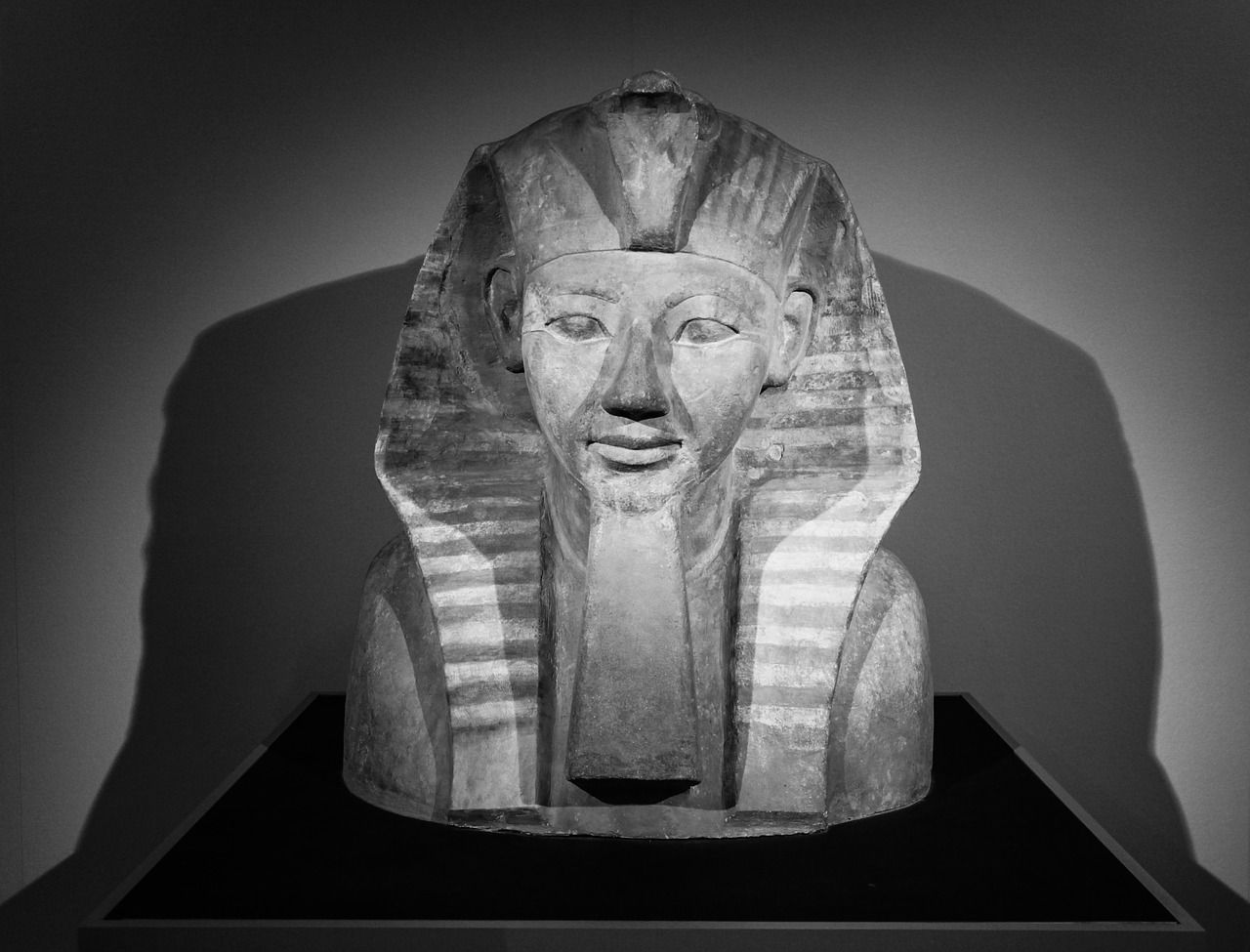A team of archaeologists at New York’s Cornell University was left dazed and confused after discovering a 1,500-year-old bird belonging to the sacred ibis species, placed inside an Egyptian mummy which was initially assumed to be a hawk and was stored inside a wrongly labeled box that read “hawk mummy”.
According to Cornell Chronicle, the team at the university was completely unaware of how they came to possess the object, with no records of its ownership and other details.
It was only after the researchers sent over the artifact for a detailed examination at a CT scan, that strikingly interesting details of the bird came to light.
Also Read: Hunter-gatherer died from plague 5,000 years ago
The scan deduced that the bird’s legs had endured a fracture moments before being mummified. It also revealed that the creature’s tender tissues and feathers were well preserved.
“As best they can tell, the bird is somewhere on the order of 1,500 to 2,000 years old,” the archaeologists said, according to a report by NDTV.
Also Read: Nesher Ramla Homo: New mystery human species discovered in Israel
However, in spite of the details they unraveled, the archaeologists have still been unable to detect the bird’s origin. Initially, researcher Carol Anne Barsody speculated that the creature’s roots date back to the shipment arrival of objects from Egypt in 1884. However, Barsody soon ruled out that theory.
Also Read: 800-year-old Afghan minaret in danger of ‘collapse’ after earthquakes: Official
She now thinks that the bird might belong to a list of items donated by John Randolph, a Cornell alumnus, in the year 1930. This theory seems the most favourable, because, after 1930, the trail leaves no possible records of the bird’s origin.
“It’s fun to piece these things together, a researcher said, adding that it is “a real-life puzzle.”
“The key here is not to destroy the integrity of the object. Research is great, but so is preserving history and objects for future generations,” Barsody concluded.







